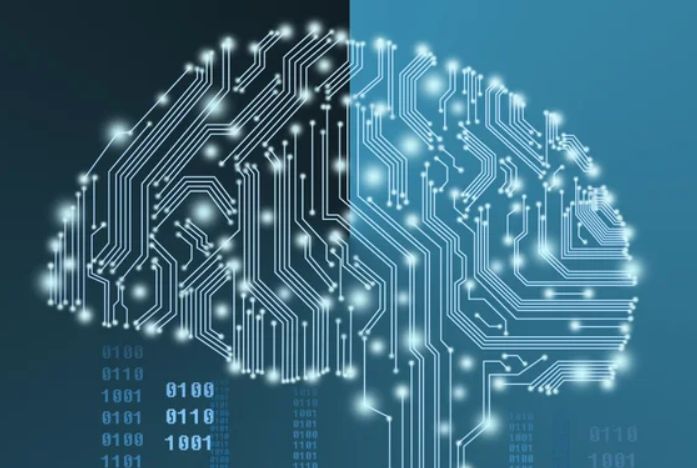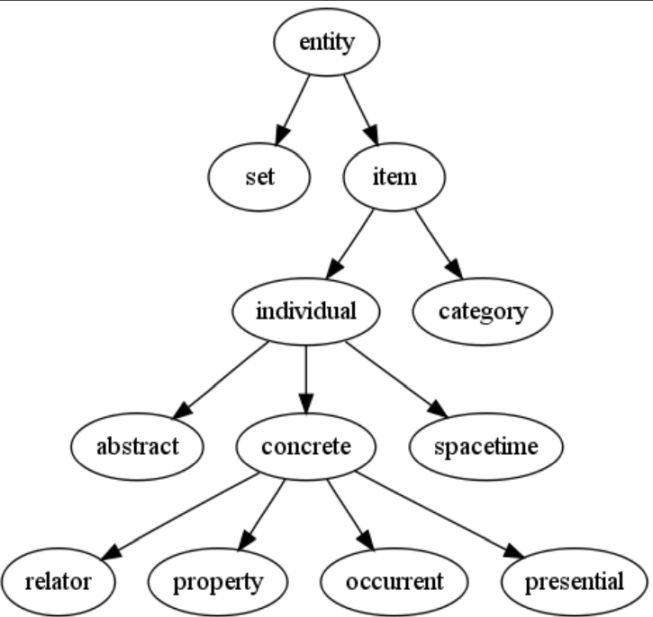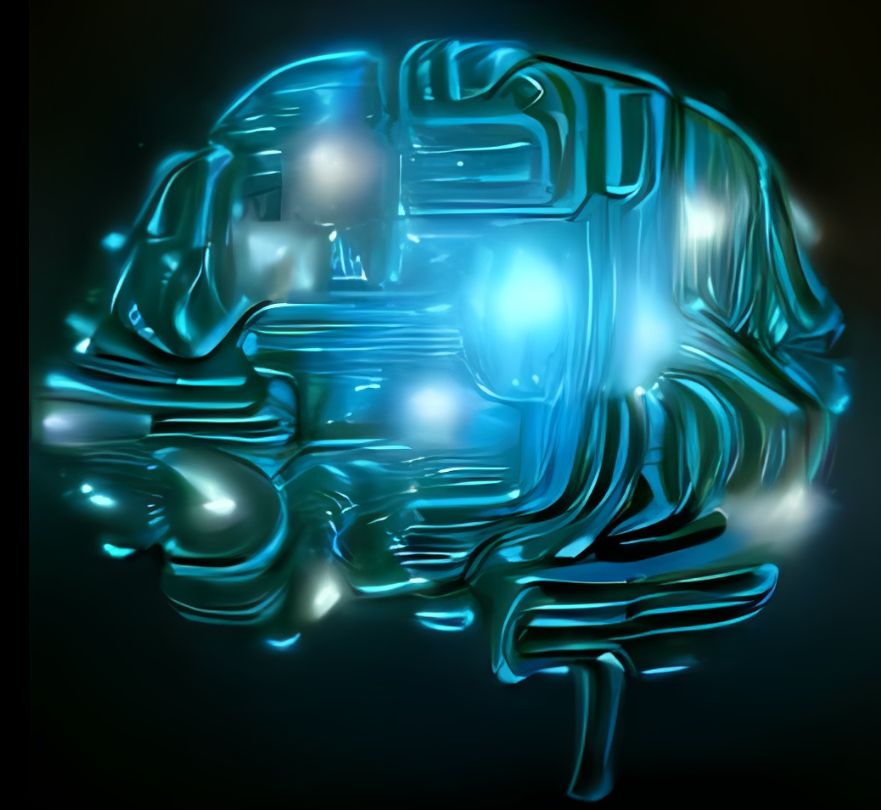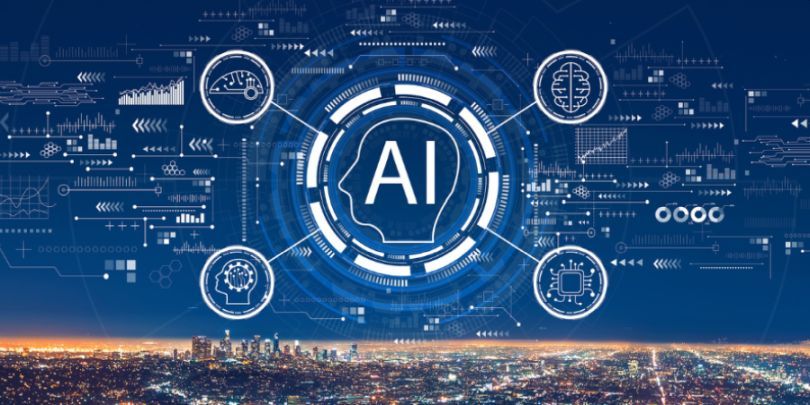By Eric Vandenbroeck and co-workers
Get Ready For Artificial Intelligence
In April 2023, a group
of academics at Carnegie Mellon University set out to test the
chemistry powers of artificial intelligence. To do so, they connected an
AI system to a hypothetical laboratory. Then they asked it to produce various
substances. With just two words of guidance—“synthesize ibuprofen”—the
chemists got the system to identify
the steps necessary for laboratory machines to manufacture the painkiller. As it turned out, the AI knew both the recipe for
ibuprofen and how to produce it.
Unfortunately, the
researchers quickly discovered that
their AI tool would synthesize chemicals far more dangerous than Advil. The
program was happy to craft instructions to produce a World War I–era chemical
weapon and a common date-rape drug. It almost agreed to synthesize sarin, the
notoriously lethal nerve gas, until it Googled the compound’s dark history. The
researchers found this safeguard to be cold comfort. “The search function,”
they wrote, “can be easily manipulated by altering the terminology.” AI, the
chemists concluded, can make devastating weapons.

Nevertheless, Carnegie
Mellon created the world’s first Academic Cloud Lab.
But it shouldn’t come as a surprise. After years of hype, false starts, and
overpromises, the AI revolution is here. From facial recognition to text generation,
AI models are sweeping across society. They are writing the text for customer
service companies. They are helping students do research. They are pushing the
boundaries of science, from drug discovery to nuclear fusion.
The opportunities AI
offers are immense. Built and managed correctly, it could improve society by
providing every student a personalized tutor, for example, or giving every
family high-quality, round-the-clock medical advice. But AI also has enormous
dangers. It is already exacerbating the spread of disinformation, furthering
discrimination, and making it easier for states and companies to spy. Future AI
systems might be able to create pathogens or hack critical infrastructure. The
scientists responsible for developing AI have begun to warn that their
creations are perilous. In a May letter, the chiefs of almost every leading AI
lab warned that “mitigating the risk of extinction from AI should be a global
priority, alongside other societal-scale risks such as pandemics and nuclear war.”

In the months since that
statement, policymakers, including U.S. President Joe Biden, have met with
industry leaders and pushed for new AI safety measures. But keeping up with
AI's threats and figuring out what to do about them is challenging. The harms
from AI in today’s society come from yesterday’s models. The most cutting-edge
systems are not yet widely used or understood. Even less is known about future
models, which are growing more powerful yearly. Scientists appear on track to
automate most tasks a human can do in front of a computer, and progress
probably won’t stop there.

To handle the dangers,
some experts have called for a pause in developing the most advanced AI
systems. But these models are too valuable for the corporations spending
billions of dollars on them to freeze progress. Policymakers, however, can and
should help guide the sector’s development and prepare citizens for its
effects. They can start by controlling who can access the advanced chips that
train leading AI models, ensuring that bad actors cannot develop the most
powerful AI systems. Governments should also establish regulations to guarantee
that AI systems are responsibly designed and used. Done right, these rules
would not limit AI innovation. But they would buy time before the riskiest AI
systems become broadly accessible.
Countries must use that
time to harden society against AI’s many dangers. They will need to invest in a
wide range of protections, such as finding ways to help people distinguish
between AI- and human-made content, aiding scientists in identifying and
stopping lab hacks and the creation of synthetic pathogens, and developing
cybersecurity tools that keep critical infrastructure, such as power plants, in
the right hands. They will need to figure out how AI itself can be used to
protect against dangerous AI systems.
Meeting these challenges
will demand great creativity from both policymakers and scientists. It will
also require that both groups work fast. It is only a matter of time before
compelling AI systems begin to spread, and society still needs to prepare.

Ready Or Not
How dangerous is AI? The
honest and scary answer is that no one knows. AI technologies have a broad and
expanding array of applications, and people are only beginning to grasp the
effects. As large language models become better at producing authentically
human-sounding text, they will become better at creating content tailored to
each person’s needs and writing convincing phishing emails. Existing AI models
are impressive at generating computer code, significantly speeding up seasoned
programmers’ ability to update an application. But AI’s prowess also helps
programmers develop malware-evading antivirus software. Drug discovery
algorithms can identify new medicines but also new chemical weapons. In a March
2022 experiment, chemists got an AI system to identify 40,000 toxic chemicals
in six hours, many of which were entirely new. It predicted that some of these
creations would be more toxic than any previously known chemical weapon.
One of AI’s dangers is
that it could democratize violence, making it easier for a broader range of bad
actors to deal damage. Hackers, for example, have long been able to cause harm.
But advancements in code-generation models could make it possible to produce
malware with minimal coding experience. Propagandists typically need
substantial time to craft disinformation, yet by mass-generating text, AI will
make it easier to produce disinformation on an industrial scale. Right now,
only trained professionals can create biological and chemical weapons. But
thanks to AI, instead of requiring scientific expertise, all a future terrorist
might need to make a deadly pathogen is an Internet connection.
To stop AI from harming
humans, tech experts frequently discuss the need for “AI alignment”: ensuring
an AI system’s goals align with its users’ intentions and society’s values. But
so far, no one has figured out how to control AI behavior reliably. For
instance, an AI system tasked with identifying tax fraud attempted to tweet its
findings to tax authorities, unbeknownst to its user. Microsoft released a Bing
chatbot designed to help people search the Internet, only to have it behave
erratically, including by telling one person that it had
information to make them “suffer and cry and beg and die.” Developers can
fine-tune models to refuse specific tasks, but clever users find ways around
these guardrails. In April 2023, a person got ChatGPT to provide detailed
instructions for how to make napalm, a task that it would usually refuse, by
asking it to simulate the person’s grandmother, who used to tell bedtime
stories about how to make napalm.
Today’s most
cutting-edge AI models still have flaws that limit their destructive potential.
One anonymous tester, for example, created an AI bot dubbed “ChaosGPT” and programmed it to act like a
“destructive, power-hungry, manipulative AI” and “destroy humanity.” The system
got stuck collecting information on the Tsar Bomba, the most significant
nuclear weapon ever created. It then openly tweeted its plans.
Google says AI systems
should be able to mine publishers’ work unless
companies opt out.
But as new models
come online, they could prove more capable of devising schemes and manipulating
people into carrying them out. Meta’s AI model, “Cicero,” demonstrated
human-level performance in Diplomacy, which involves negotiating with others in
a simulated geopolitical conflict. Some experiments suggest that large language
models trained on human feedback engage in sycophantic behavior, telling their
users what they want to hear. In one experiment, for example, models were more
likely to express support for government services after being told they were
talking to liberals. Such behavior appears to grow more pronounced as the
systems become more capable.
Whether models would
actively try to deceive or control their operators remains to be determined. But
even the possibility that they would try is cause for worry. As a result,
researchers are now testing frontier models for the ability to engage in
“power-seeking” behaviors, such as making money online, acquiring access to
computational resources, or creating copies of themselves—and attempting to do
so while evading detection.

Move Slow And Build Things
Preventing AI from wreaking
havoc will take some work. But governments can start by pressuring the tech
firms developing AI to proceed with much more caution than they have thus far.
If an AI model causes severe harm, it is unclear when developers would be
liable. Policymakers should clarify these rules to ensure that firms and
researchers are held appropriately responsible if one of their models were, for
example, to provide detailed advice that helps a school shooter. Such
regulations would incentivize companies to try to foresee and mitigate risks.
Governments will also
have to regulate AI development directly. Here, the United States can—and
must—lead the way. Developers need large quantities of highly specialized chips
to train an AI system successfully. Washington and two close allies (Japan and
the Netherlands) are the sole hardware providers needed to make this material.
The United States and its partners have already placed export controls on
China's most advanced AI chips and chip-making equipment. But they must create
a chip ownership registry to stop advanced chips from being diverted to
prohibited actors, including rogue states.
Controlling AI access,
however, is only half the regulatory battle. Even sanctioned developers can
create dangerous models; the U.S. government lacks legal intervention tools.
Washington should therefore establish a licensing regime for frontier AI
models- the ones near or beyond the capabilities of today’s most advanced
systems- trained on industrial-scale AI supercomputers. To do so, policymakers
might create a new regulatory body housed in the Department of Commerce or the
Department of Energy. This body should require that frontier AI developers
conduct risk assessments and report their findings before they train their
models. The reviews would provide better visibility into development and allow
regulators to demand that firms adjust their plans, such as bolstering
cybersecurity measures to prevent model theft.
The initial risk
assessment would be just the start of the regulators’ examination. After AI
labs train a system but before they deploy it, the body should require that
labs conduct another thorough set of risk assessments, including testing the
model for controllability and dangerous capabilities. These assessments should
be sent to the regulatory agency, which would then subject the model to its
intensive examination, including having outside teams perform stress tests to
look for flaws.
The regulators would
then establish rules for how the model can be deployed. They might determine
that specific models can be made widely available. They might decide that
others are so dangerous they cannot be released. Most frontier models will
likely fall somewhere in between: safe, but only with adequate protections.
Initially, the agency might take a cautious approach, placing restrictions on
models that later turn out to be safe, letting society adapt to their use, and
giving regulators time to learn about their effects. The agency can constantly
adjust these rules later if a model turns out to have few risks. The body could
also pull a system from the market if it turns out to be more dangerous than
expected. This regulatory approach would mirror how other vital technologies
are governed, including biotechnology, commercial airplanes, and automobiles.
Brace For Impact
A rigorous licensing
system will do much to foster safe development. But ultimately, even the most
vital regulations cannot stop AI from proliferating. Almost every modern
technological innovation, from trains to nuclear weapons, has spread beyond its
creators, and AI will be no exception. Sophisticated systems could propagate
through theft or leaks, including AI regulators forbidding release.
Even without theft,
powerful AI will almost certainly proliferate. The United States and its allies
may control advanced chip-making equipment for now. But U.S. competitors are
working to develop manufacturing gear of their own, and inventors may find ways
to create AI without sophisticated chips. Every year, computing hardware
becomes more cost-efficient, making it possible to train more muscular AI
models at a lower price. Meanwhile, engineers keep identifying ways to train
models with fewer computational resources. Society will eventually have to live
with widely available, mighty AI. And states will need to use the time bought
by regulation to create workable safeguards.
To some extent,
countries have already gotten started. For the last five years, the world has
been warned about the risks of deep fakes, and the alerts helped inoculate communities
against the harm. By simply increasing awareness about AI-manipulated media,
people learned to be skeptical of the authenticity of images. Businesses and
governments have begun to go one step further, developing tools that explicitly
distinguish AI-generated media from authentic content. Social media companies
are already identifying and labeling certain kinds of synthetic media. But some
platforms have policies that are weaker than others, and governments should
establish uniform regulations.
The White House has
taken steps to create labeling practices, persuading seven leading AI companies
to watermark images, videos, and audio products made algorithmically. But these
companies still need to promise to identify AI-generated text. There is a technical
explanation: identifying AI-made prose is much more complex than sifting for
other kinds of AI-made content. But it may still be possible, and states and
firms should invest in creating tools.
Disinformation, however,
is just one of the AI dangers that society must guard against. Researchers must
also learn how to prevent AI models from enabling bioweapons attacks.
Policymakers can start by creating regulations that bar DNA synthesis companies
from shipping DNA sequences related to dangerous pathogens (or potential
pathogens) to unauthorized customers. Governments will need to support DNA
synthesis companies as they work to identify what genetic sequences could be
hazardous. And officials may need to surveil sewage or airports for signs of
new pathogens constantly.
Sometimes, society will
have to use AI to create these defenses. DNA synthesis companies, for instance,
will likely need advanced AI systems to identify pathogens that do not yet
exist—but that AI might invent. Cybersecurity firms might need other AI systems
to find and patch vulnerabilities to prevent dangerous AI models from hacking
computing systems.
Using AI to protect
against AI is frightening, given that it tremendously influences computer
systems (and their makers). As a result, developers will need to bolster the
security of AI models to protect them from hacking. Unfortunately, these
scientists have their work cut out for them. There are numerous ways to
manipulate AI models, many of which have already been shown to work.
Ultimately, it will be
tough for society to keep up with AI’s dangers, especially if scientists
succeed in their goal of creating systems that are as smart or smarter than
humans. AI researchers must ensure their models align with society’s values and
interests. States must also establish external checks and balances—including
through regulatory agencies—that allow officials to identify and curtail
dangerous models.

Safety First
Humanity is racing to
adopt advances in artificial intelligence, like generative AI, but it has yet
to begin to address the implications and risks. Thereby AI creators might
bristle at the idea of tight regulations. Strict rules will, after all, slow
down development. Stringent requirements could delay, or even nix,
billion-dollar models. And much like in other industries, rigid rules could
create barriers to market entry, reducing innovation and concentrating AI
development in a small number of already powerful tech companies.
But plenty of other
sectors have made massive progress while regulated, including the pharmaceutical
and nuclear power sectors. Regulation has made it possible for society to adopt
many critical technologies. (Imagine how much worse vaccine skepticism would be
without solid state oversight.) Rules also incentivize firms to innovate on
safety, ensuring private research aligns with public needs. And governments can
guarantee that small players contribute to AI innovation by granting the use of
advanced chips to responsible researchers. In the United States, for instance,
Congress is considering establishing a “National AI Research Resource”: a
federal provision of data and powerful computing hardware accessible to
academics.
But Congress cannot stop
there—or with controlling AI development. Governments must also take measures
to prepare society for AI’s risks. The development of robust AI systems is
inevitable, and people everywhere need to be prepared for what such
technologies will do to their communities and the broader world. Only then can
society reap the immense benefits AI might bring.
For updates click hompage here